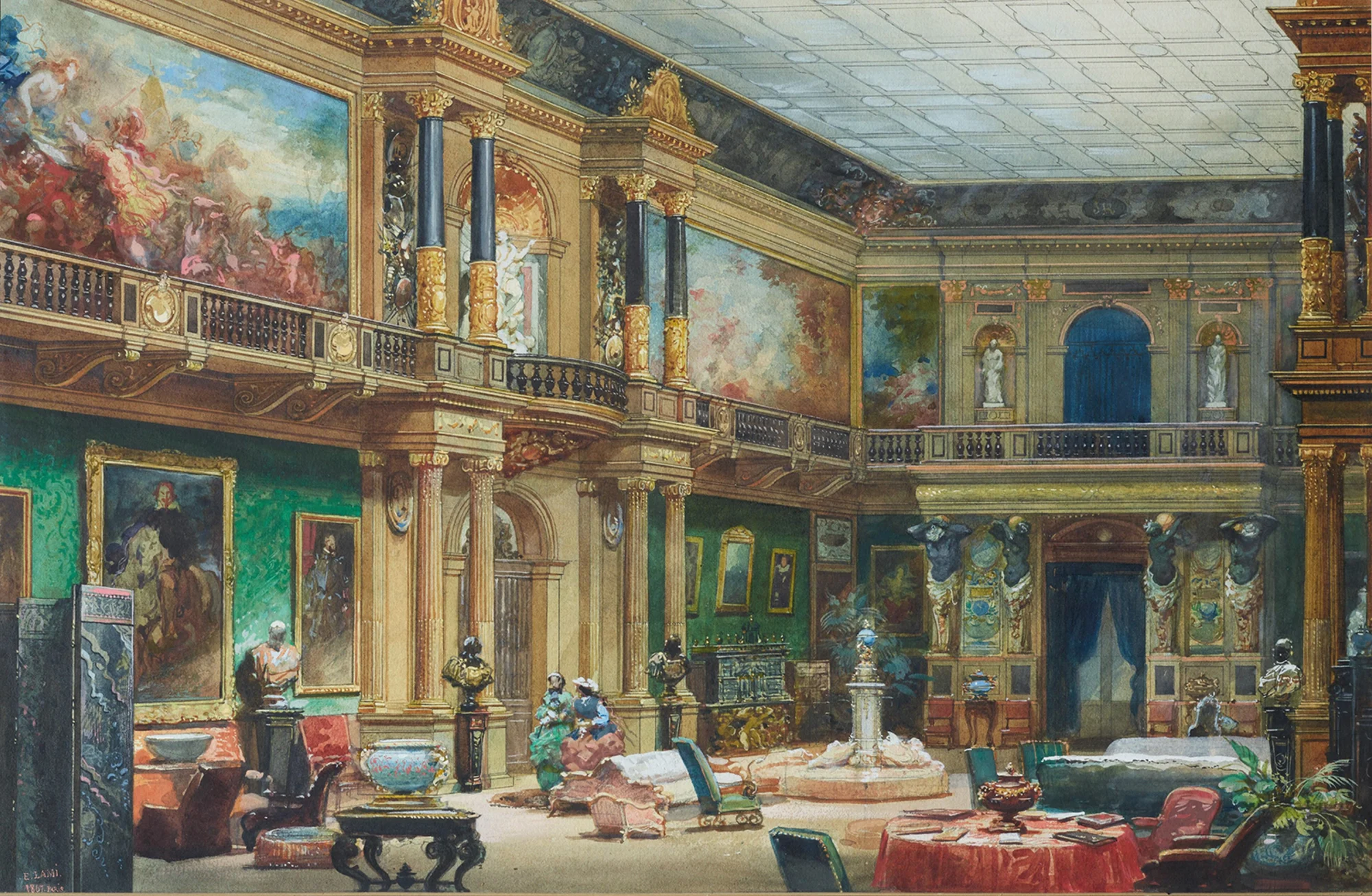Rothschild Family Collection Surpasses $62 Million in Unprecedented Auction
A vast array of art, furniture, silverware, ceramics, and jewelry from the esteemed Rothschild banking lineage fetched over $62.6 million across multiple auctions at Christie’s New York.

These sales, culminating on Tuesday, marked the inaugural dedicated auction in North America featuring pieces from the French division of the long-revered banking dynasty. The majority of the lots were amassed in the 19th century by Baron James Mayer de Rothschild, his spouse Betty, and their offspring Alphonse, remaining within their descendants’ possession ever since.
The collection comprised artworks, notably pieces by Old Masters, spearheaded by Gerrit Dou’s masterpiece “A Young Woman Holding a Hare with a Boy at a Window,” dating back to the 17th century and commanding over $7 million.
An eminent highlight among the antiquities was a first-century AD Roman Sardonyx cameo portrait of Emperor Claudius, securing nearly $116,000. Remarkably, this cameo had previously appeared at a Christie’s auction in 1899, fetching £3,750 (equivalent to approximately £395,000 or $496,000 today), shortly before joining the Rothschild collection.
Jonathan Rendell, Christie’s Americas Deputy Chairman, remarked on the rarity of unveiling these treasures, stating, “These are things that have been kept away since the end of the 19th century. And unless you knew this particular branch of the family, you wouldn’t have seen them.”
The French Rothschild descendants, who trace their lineage to James Mayer de Rothschild, opted to conduct the sale in New York, given their residence in the United States during World War II. Rendell speculated that the collection would have garnered significant interest regardless of the location.
The auction also featured furniture, ceramics, silverware, tapestries, and jewelry, offering insight into the Rothschilds’ distinctive tastes, characterized by a blend of opulence and domesticity.
The auctions unfolded over several days, featuring an evening sale on October 11, followed by two day sales and a simultaneous live auction where certain lots commenced bidding at prices as modest as $100.
Regarding the decision to auction the collection, Rendell suggested it might signify a rationalization and generational shift in perspective. He noted, “Not everybody lives like a 19th-century Rothschild, even the Rothschilds.”
